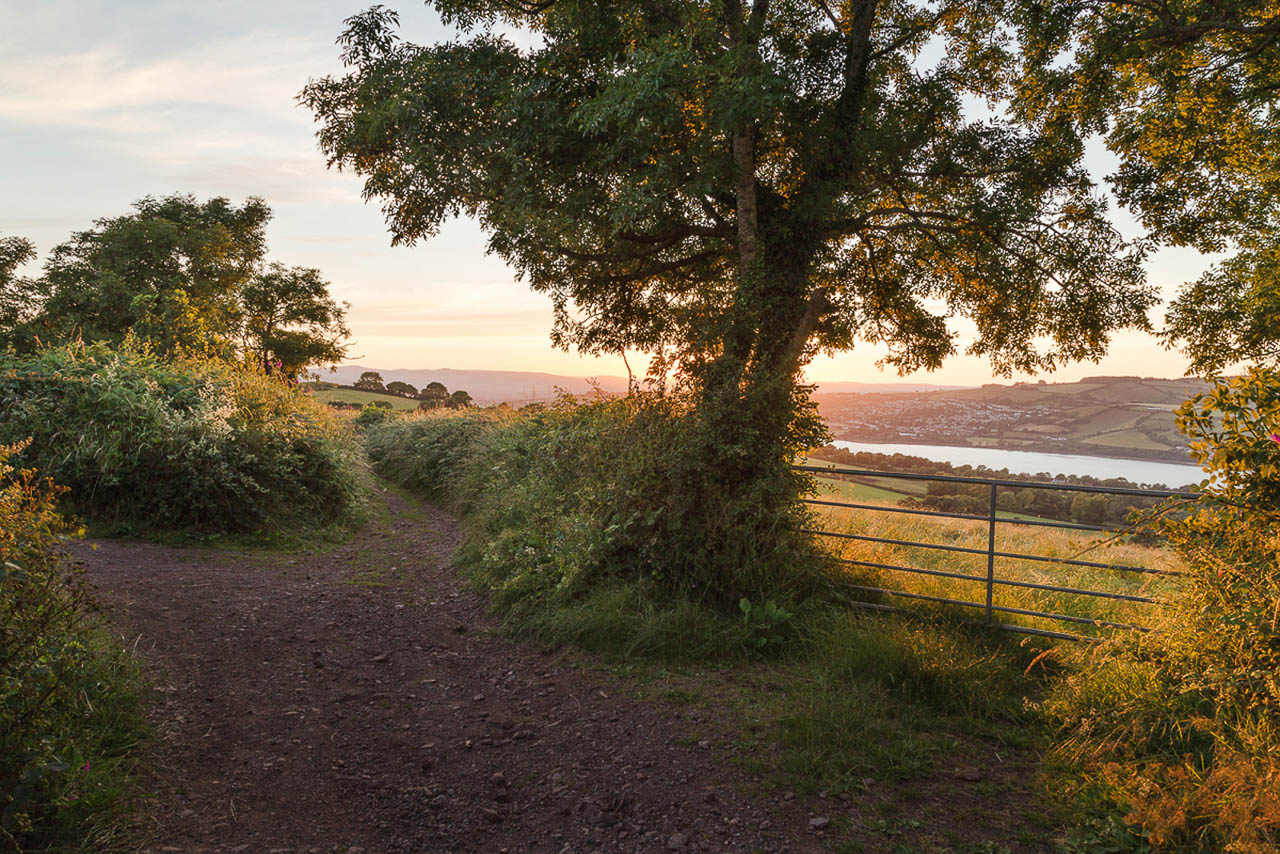
There are many thousands of miles of pathways, bridleways and country lanes in the British Isles, but the green lanes are particularly special. And to me the green lanes of Devon cast an indefinable spell: they are deep, divided by tall hedges, sometimes difficult to find, very often muddy if not actually waterlogged, and of course, they crisscross an exceptionally beautiful county in the South West of England. Devon is admired for its coastline and its moorlands, and both aspects are heavily photographed, but its green lanes are not.
A definition for the term ‘green lane’ would be helpful, and I know of no better authority than Valerie Belsey, who has written extensively about them. She offers the following:
“A thoroughfare which is not wide enough for two four-wheeled vehicles to pass without one giving way, which runs between hedges, fences or ditches, and which is green because of a preponderance of foliage.” *
This rather literal definition is a good starting point, but it doesn’t describe the many centuries of history that lie behind the creation of many of these lanes, nor the peculiar feeling of time stopping still one feels when walking along them. Belsey later continues:
“When we climb up on their banks we get a very different perspective on the world around us from the one seen by road, sea or air. We cut into ancient landscapes which have changed little since humans started to migrate.” *
* Valerie Belsey, Discovering Green Lanes, 2001
Here is a view from the banks of a green lane above Shaldon, on Butterfly Lane – the same lane as the image at the top of this post, but taken a little higher and later. (Click on the image for a larger view.)
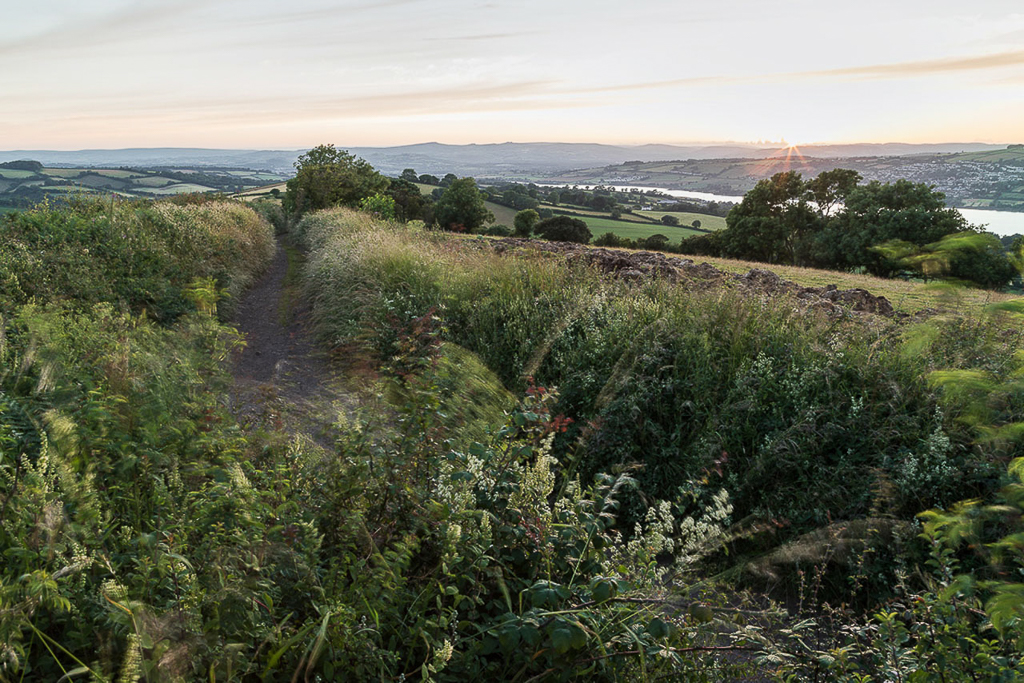
While this is a particularly fine view over the River Teign, and toward the South Eastern tors of Dartmoor, it does show the character and hopefully the appeal of these lanes. Further down Butterfly Lane the path is most often waterlogged, so the walker has to work a little for these views and this experience. This is a vista impossible to see from the road, and for the most part it cannot be seen easily from the lane itself thanks to the height and density of the hedges. That is part of these lanes’ attraction: unexpected, but continually anticipated, clearances and open views.
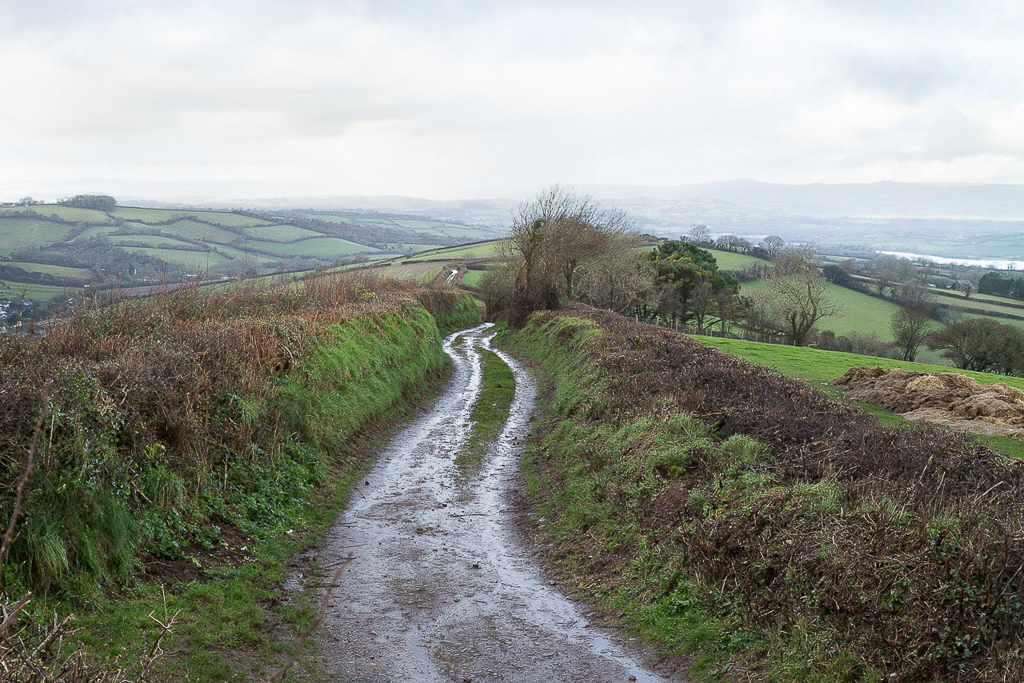
A photograph I took a little earlier and a little lower down the lane is more typical of the walking environment – note the growth here during the summer:
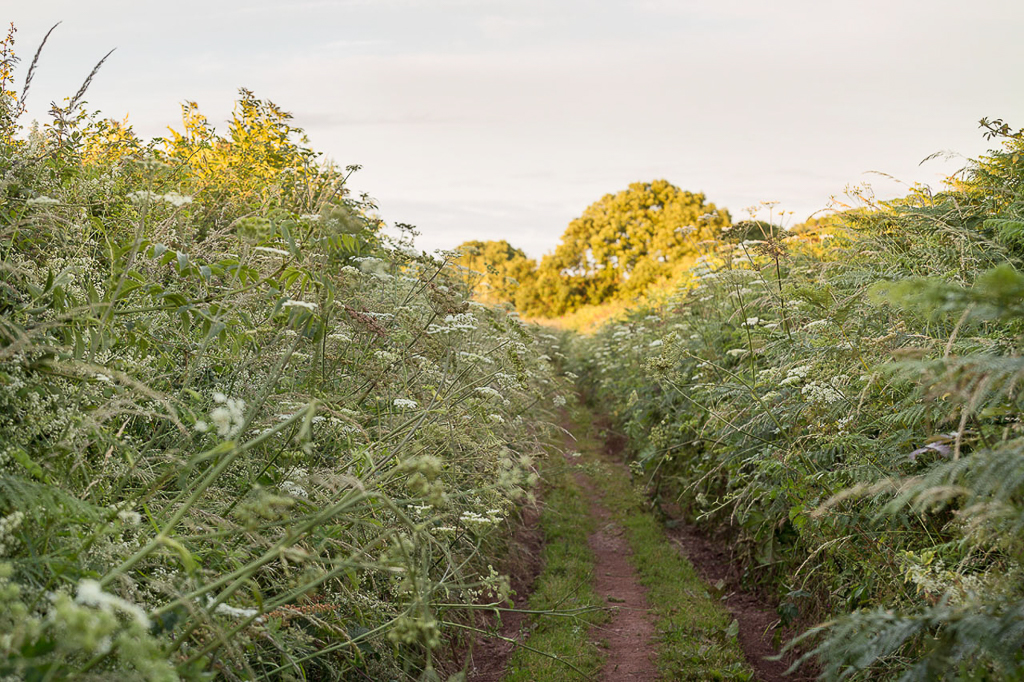
Another green lane walk, this time above Dawlish, and these images show paths crossing hillsides offering timeless views of rolling Devon landscapes not visible from the roadside:
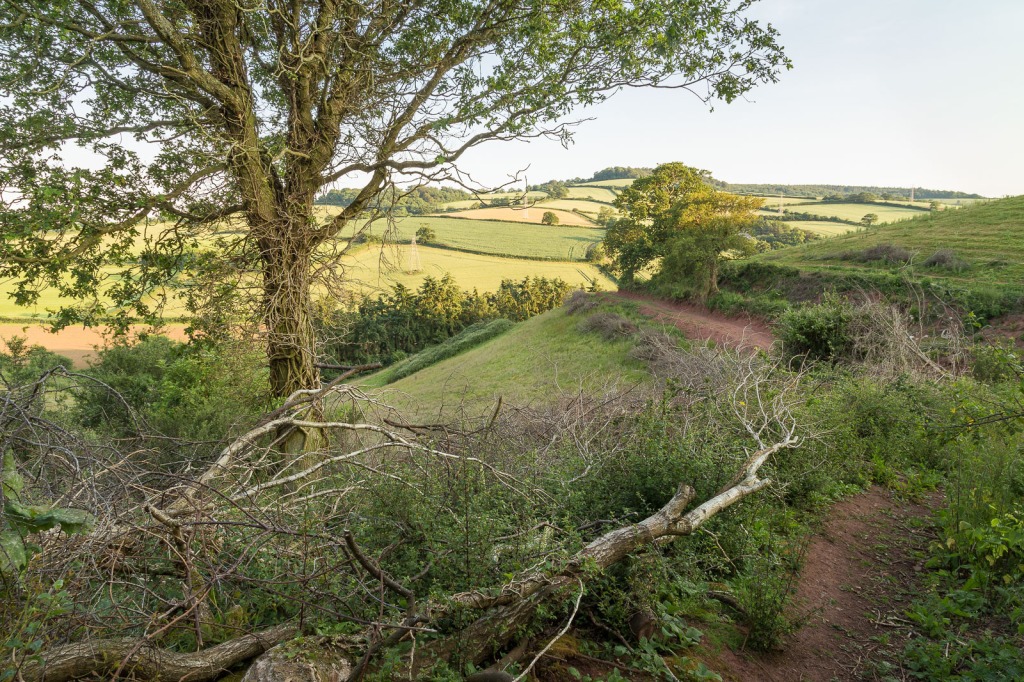
A little higher up, and along one of Devon’s most beautiful lanes there is considerably more intimacy:
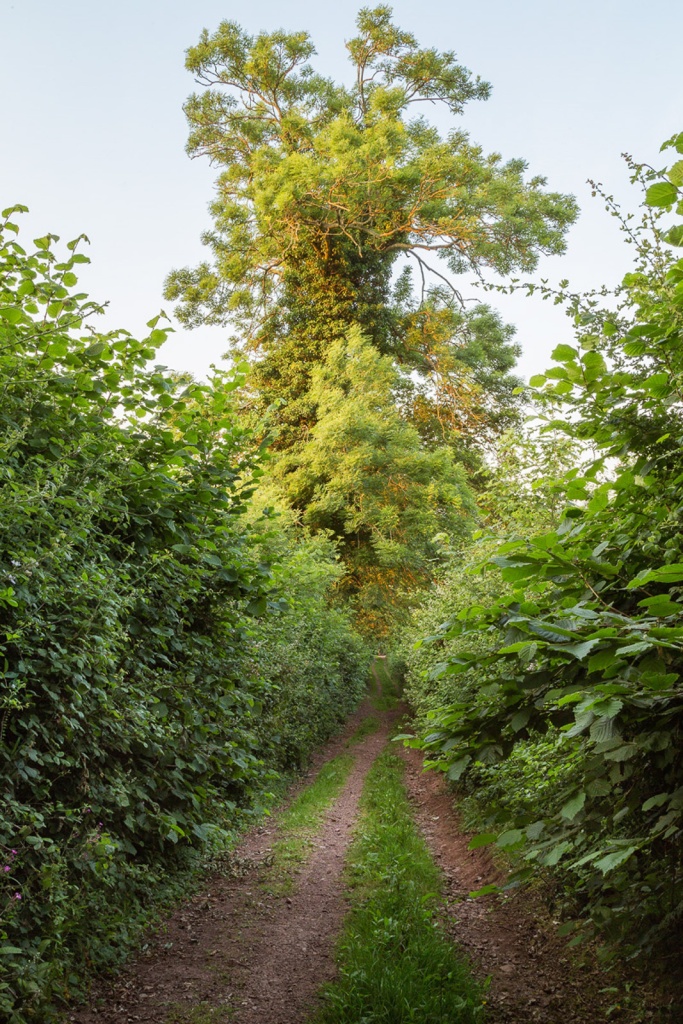
A green lane near Thorverton, one of the longest in Devon, was of particular interest to the esteemed English landscape scholar W G Hoskins, who wrote: ‘… A double hedgebank with a tangled pathway between – in the depths of Devon. It is followed by parish boundaries for some miles, a sure sign of its antiquity as it must have existed when boundaries were first demarcated. In all probability it was originally part of the boundaries of an early Saxon estate (say 650-700 AD).’
This photograph shows about half of it:
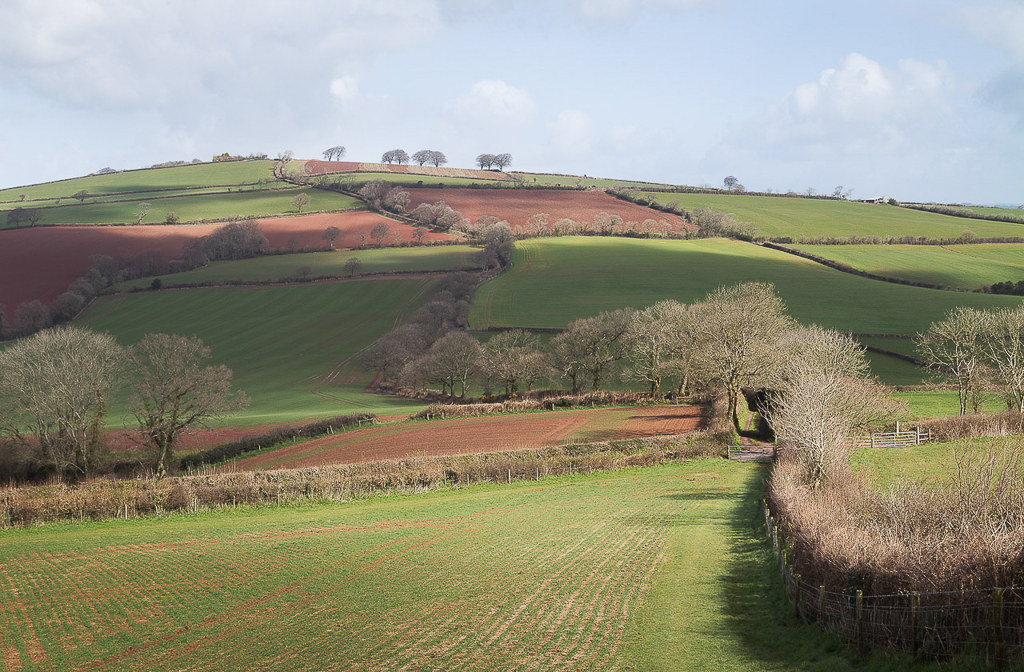
There are many smaller details hidden in these lanes, like these near Ilsington; firstly some roots clinging to either side of the lane’s ‘walls’ for most of its length:
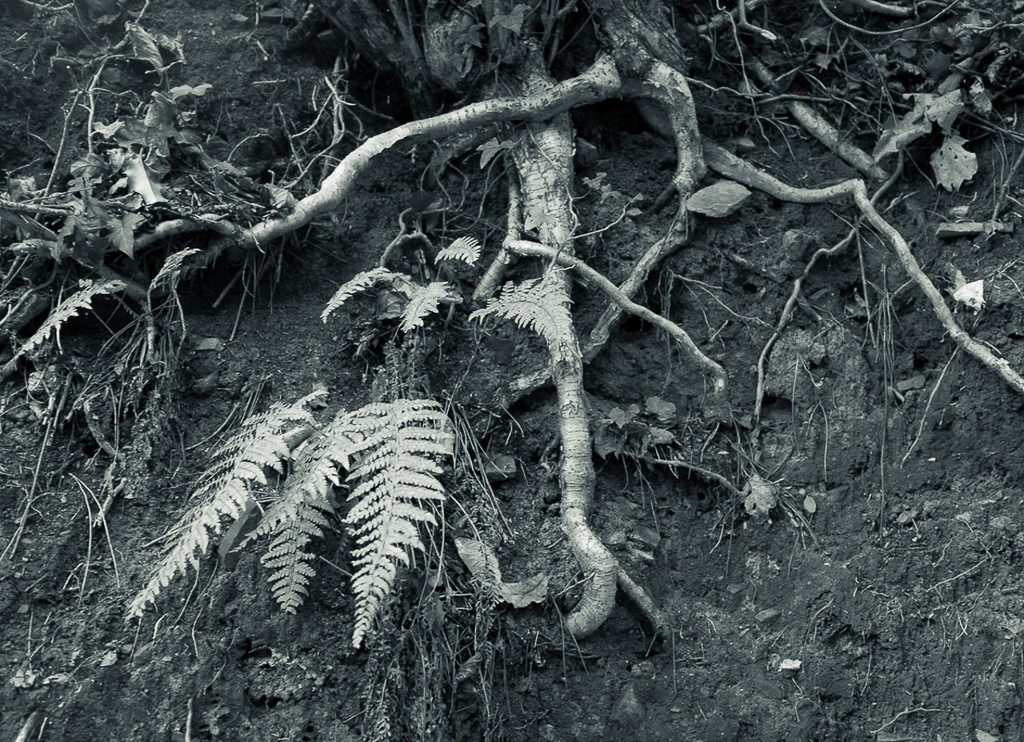
And secondly, the path’s (steep) surface, indicating its use in previous centuries, perhaps as a cart track:
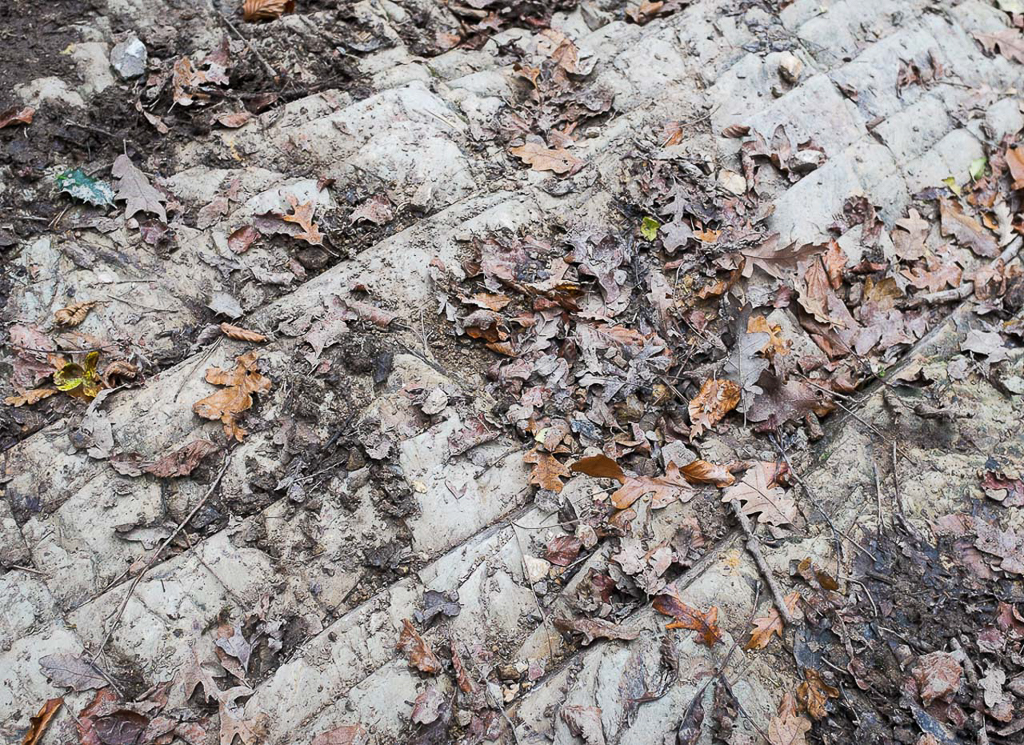
To finish this short piece, an alternative, also typical, walking environment, from another green lane near Ideford:
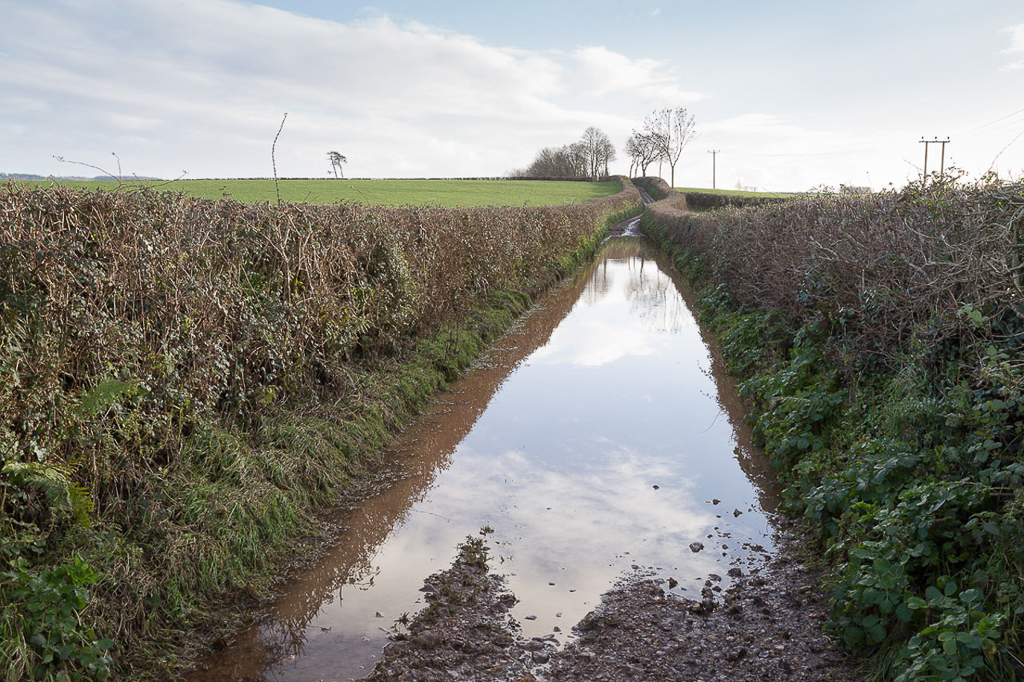
The water here is what I’d term “top of welly” height for the most part, and within 3 or 4 feet of entering it is not appreciably shallower at the edges of the lane. Anyone interested in walking these paths has to resign themselves to enjoying a certain warm, wet, comforting feeling inside their boots!
This is the introductory blog to my Devon Green Lanes series. I will add more as time allows.

Leave a comment